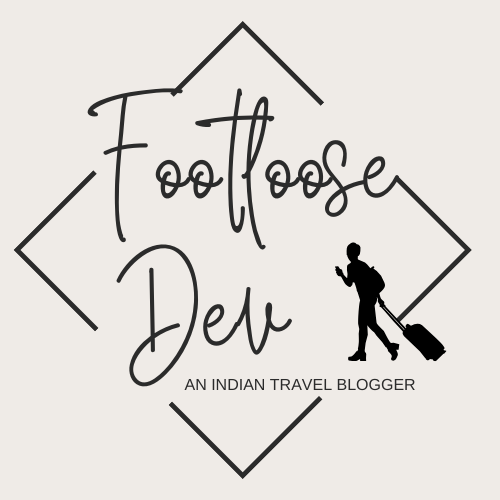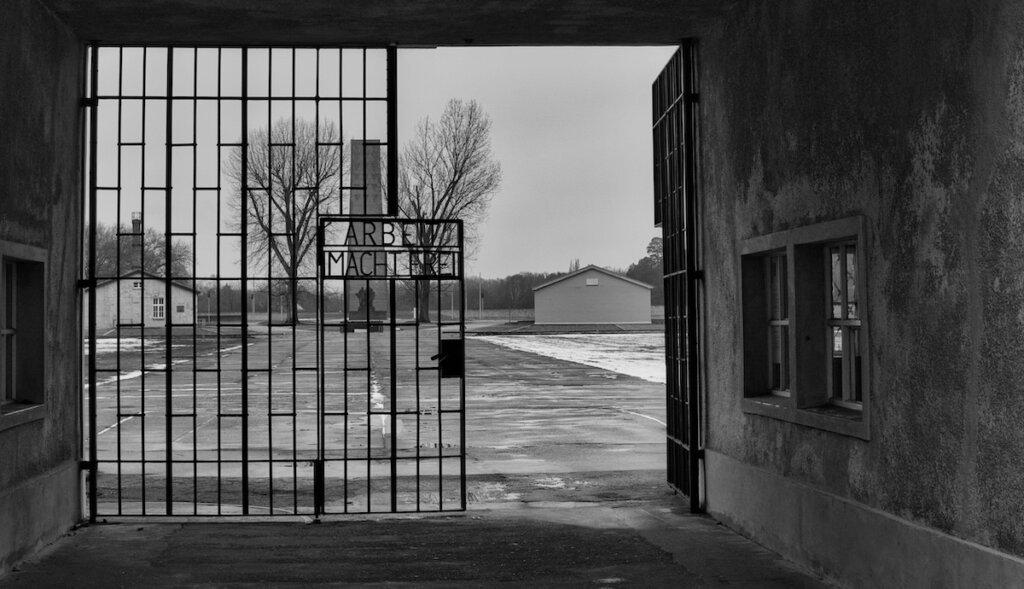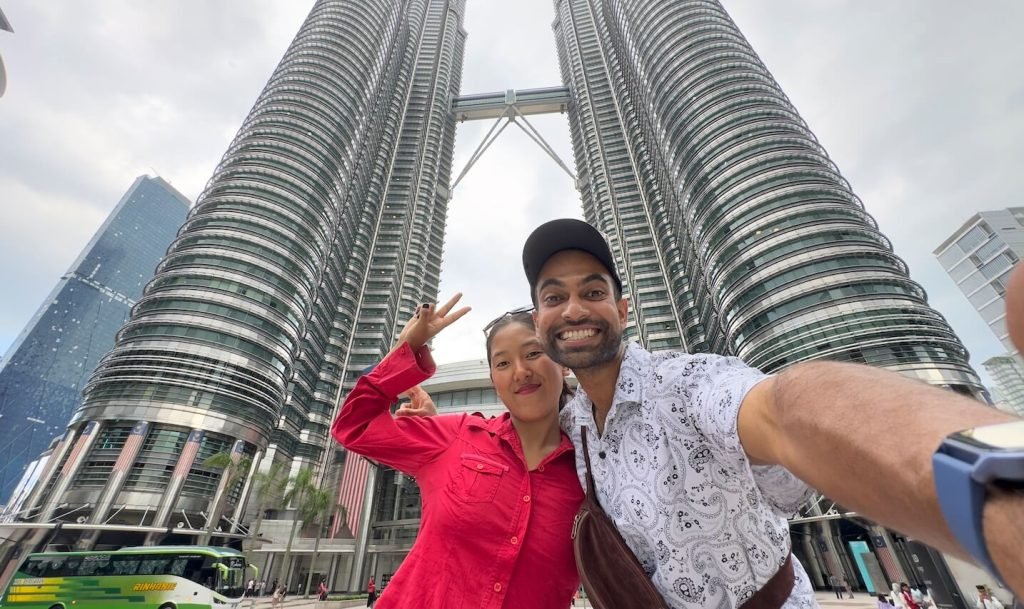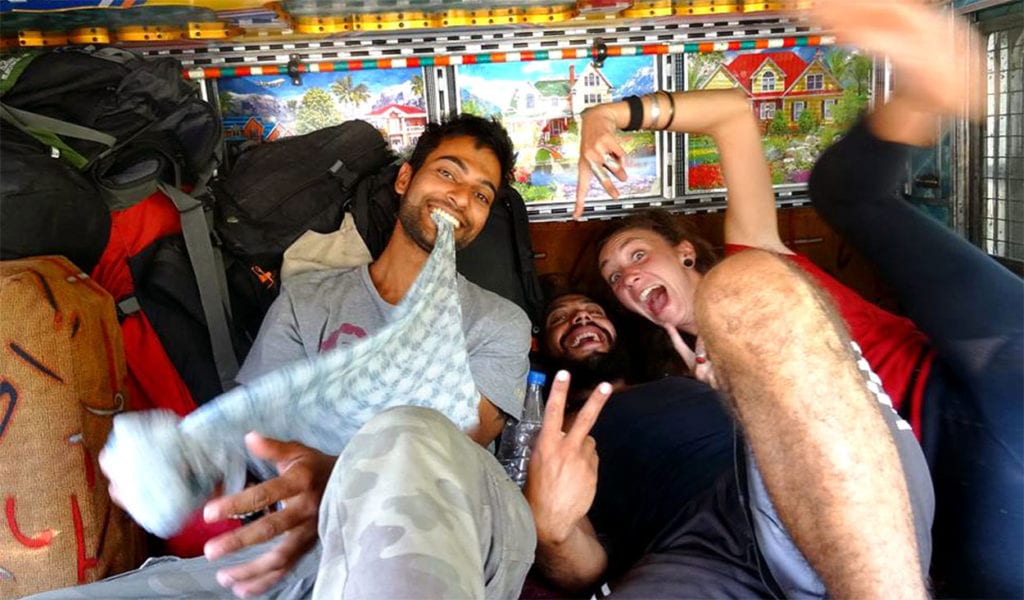The third time I landed in Europe, everything looked the same—yet nothing felt the same. The buildings were still charming. The bread still excellent. The photos still gorgeous. But something in me had shifted. My 2-month backpacking trip across Europe, which also was my first trip ever to this beautiful continent wasn’t as special.
Two trips of chasing postcards, skipping from capital to capital, had left me full of impressions but strangely hollow. This time, I wanted more than beauty. I needed something to stay with me. What makes a trip matter? The answer, I learned, isn’t more places. It’s better questions.
Paris isn’t boring—your itinerary might be
I used to think the problem was repetition. I’d done Paris. I’d “done” Rome. Amsterdam, Prague, Barcelona—the list kept growing, but the feeling didn’t. Every day brought another landmark, another local delicacy, another thousand photos. And still, nothing stuck.
Somewhere between the third gelato in Florence and the fifth riverfront sunset in Budapest, I realized: I was traveling wide, but not deep. I wasn’t really connecting—just collecting. The moments were beautiful, but they weren’t personal. Europe had become a slideshow, not a story.
That realization hit me hard in Berlin. I’d planned the usual mix—Checkpoint Charlie, the East Side Gallery, some currywurst. But a recommendation from another traveler led me somewhere else entirely: a day in the Sachsenhausen concentration camp, just outside the city. It was quiet. It was heavy. And it left me speechless in a way no cathedral ever had.
When weight adds depth
That day didn’t make the trip sad. It made it real. For the first time, I felt history in my body. I walked slower. I asked better questions. And somehow, every museum, every conversation, every train ride after that felt changed. Not because Europe had changed—but because I had.
The checklist trap is very real
Instagram tells us to chase the next thing. Travel blogs promise “10 hidden spots in…” and “5 things to eat before you leave…” The message is clear: more equals better. And so we plan tight, fast, ambitious. We land, we drop our bags, we run.
I did this for years. I hit six countries in 18 days. Slept in 11 beds. Took hundreds of photos. Barely remembered anything. At the time, I thought I was maximizing the experience. In truth, I was rushing through it.
Even the locals blur together when you’re on autopilot. A coffee in Kraków. A bakery in Bruges. All nice, all forgotten. It wasn’t bad travel—it just wasn’t meaningful. I was seeing things, not meeting them.
Slow is not wasted
Everything changed when I started subtracting. Fewer destinations. More time in each one. A willingness to get bored in a place. To walk without direction. To talk to people without an agenda.
That’s when the texture came back. Suddenly, Paris wasn’t just a backdrop—it was a rhythm. Berlin wasn’t history—it was memory, protest, recovery. I learned that slow doesn’t mean less. It means fuller. And it makes the moments that do move you, like standing alone in a quiet former prison yard, all the more powerful.
Let discomfort guide you
Travel is often sold as escape. But some of the most valuable moments happen when you’re not comfortable at all. Not unsafe—just emotionally stretched. That stretch is what makes you grow.
Sachsenhausen was one of those places. I didn’t want to go. I almost skipped it. But the decision to step into a story not my own—painful, complex, unfinished—was the most important one of my trip. It didn’t entertain me. It engaged me.
Discomfort also came when I got lost in Ljubljana. When I couldn’t explain what I needed in Marseille. When I spent an afternoon in Vienna not sightseeing, but watching elderly locals play chess in the park. None of it was spectacular. But all of it stayed.
The courage to stay curious
These are the moments that give your trip dimension. Not because they’re dramatic, but because they’re real. And they’re often hiding in the places tourists skip. A forgotten alley. A local library. A memorial without a selfie stick in sight.
Next time you feel bored in a beautiful place, lean in. Don’t flee to the next one. Ask what’s missing. Sometimes, it’s you.
Travel with fewer filters
We filter travel the same way we filter photos—brighten the good, crop out the rough. But what if the real magic hides in what you leave out?
That’s what I discovered on my third trip. I stopped trying to curate it. I stopped trying to impress anyone. I let the cities show me their edges, their confusion, their shadows. In Lisbon, I wandered into a crumbling bookstore and spoke to the owner for an hour. In Warsaw, I stayed in a neighborhood where no tourists went, and I learned more about Polish life than in any museum.
Beauty came through contrast. Warmth through weather. Meaning through moments I hadn’t planned.
Let stories lead you
Instead of listing cities, I started following themes. Resistance. Coffeehouse culture. Post-war recovery. I’d read a novel set in a place before visiting. I’d look for conversations, not photo ops. Slowly, Europe began to feel less like a destination—and more like a dialogue.
You don’t need to abandon the landmarks. But if you want your trip to matter, let go of the script. Follow questions, not lists. Let stories guide your steps.



